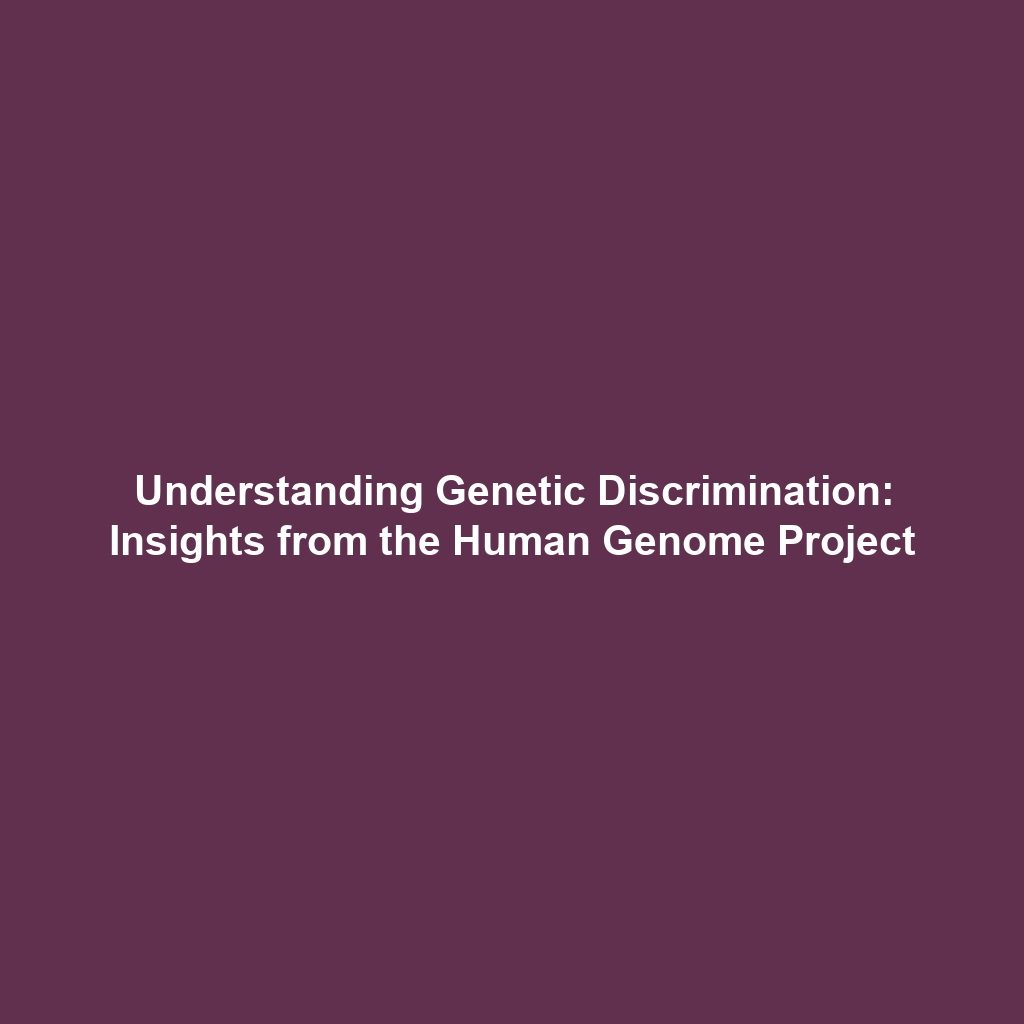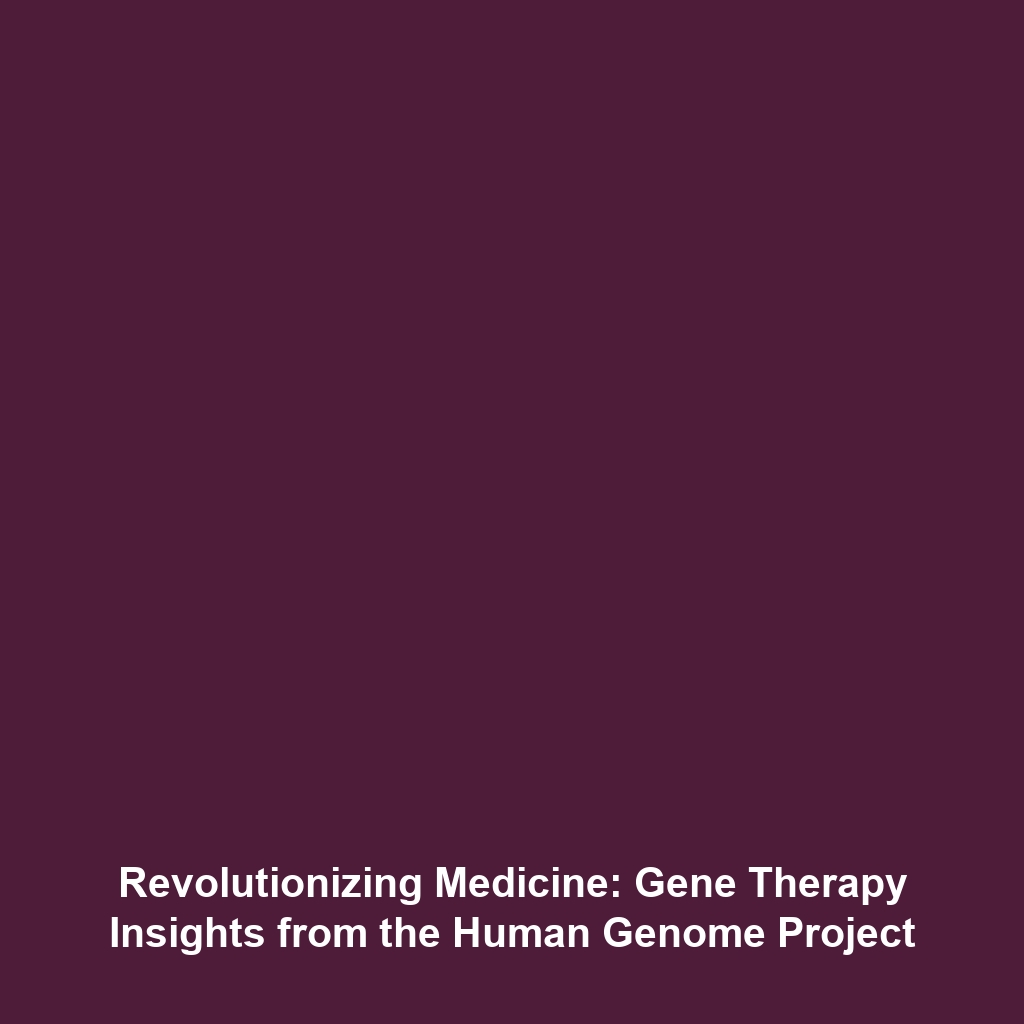Understanding Genetic Maps in the Context of the Human Genome Project
Genetic maps play a crucial role in the field of genetics by measuring the relative positions of genes or markers on chromosomes based on recombination frequencies. These maps are indispensable tools in the Human Genome Project (HGP), enabling scientists to pinpoint locations of specific genes and explore their functions. The importance of genetic mapping extends beyond mere location; it shapes our understanding of complex genetic interactions and offers insights into genetic diseases, evolutionary biology, and more.
Key Concepts of Genetic Maps
Genetic maps are built on several fundamental principles that illuminate their importance within the Human Genome Project:
- Recombination Frequencies: Genetic maps leverage the concept of recombination, which occurs during meiosis. Recombination frequencies help determine how often two genes are inherited together, thus revealing their relative distances on a chromosome.
- Linkage Maps vs. Physical Maps: Linkage maps, a type of genetic map, illustrate the order of genes based on recombination frequencies, while physical maps depict the actual physical distance between genes.
- Markers: Genetic markers, including single nucleotide polymorphisms (SNPs) and microsatellites, serve as reference points on genetic maps and are critical for genome-wide association studies.
Applications and Real-World Uses
The applications of genetic maps are extensive, particularly in research driven by the Human Genome Project. Key real-world uses include:
- Identifying Genetic Diseases: Genetic maps help locate genes associated with hereditary diseases, paving the way for targeted therapies.
- Personalized Medicine: By understanding the genetic basis of diseases, healthcare can be tailored to the individual’s genetic profile.
- Crop Improvement: In agricultural genetics, genetic maps guide the breeding of plants with desirable traits, improving yield and pest resistance.
Current Challenges of Genetic Maps
While genetic maps have revolutionized genetics, several challenges remain:
- Accurate Mapping: High recombination frequency can complicate the accuracy of genetic maps, particularly in regions with gene duplications.
- Population Variability: Genetic maps derived from specific populations may not be applicable universally, leading to potential oversights in diverse genetic backgrounds.
- Technological Limitations: The cost and complexity of sequencing technologies can hinder widespread application.
Future Research and Innovations
Looking ahead, the field of genetic mapping is primed for innovation:
- Advancements in Sequencing Technologies: Next-generation sequencing methods are anticipated to increase the efficacy of mapping efforts.
- Integration with Big Data: Artificial intelligence and machine learning could facilitate the analysis and interpretation of large genomic datasets, improving mapping precision.
- Enhanced Functional Genomics: The growing understanding of gene interactions will refine genetic maps’ usefulness in phenotype prediction.
Conclusion
In summary, genetic maps are foundational in understanding the human genome and drive advancements prompted by the Human Genome Project. By measuring the relative positions of genes, they not only reveal complexities of genetic interactions but also guide practical applications in medicine and agriculture. As research progresses, embracing innovative technologies will enhance our mapping capabilities and deepen our understanding of genetics. For further information and resources related to genetic mapping and the Human Genome Project, explore our related topics and stay informed on this evolving field.









